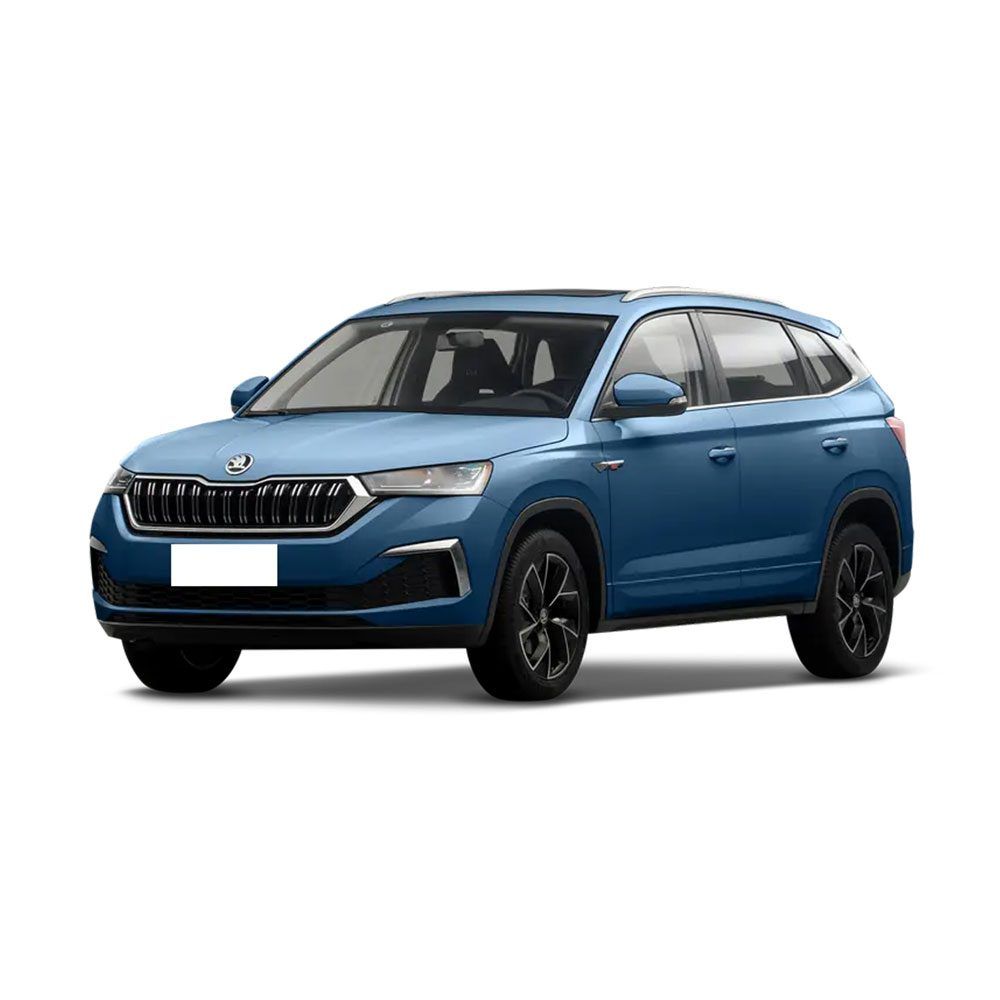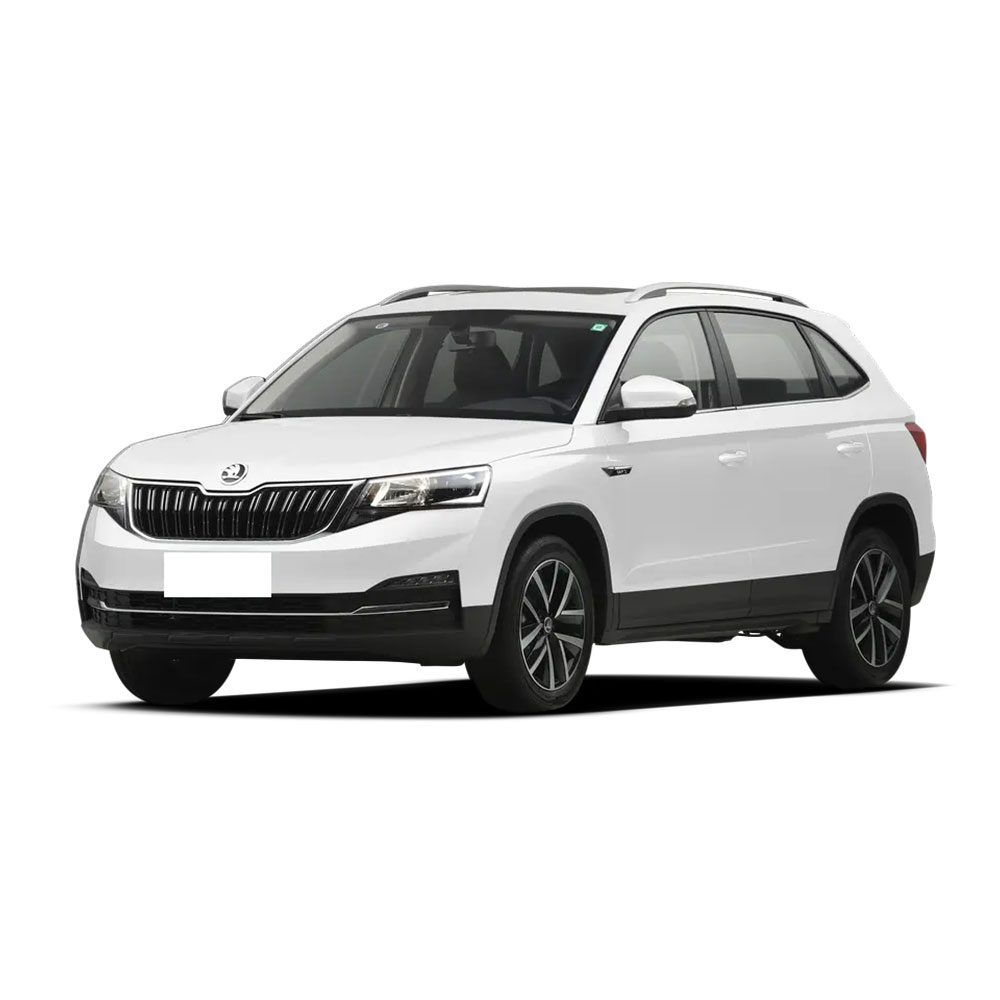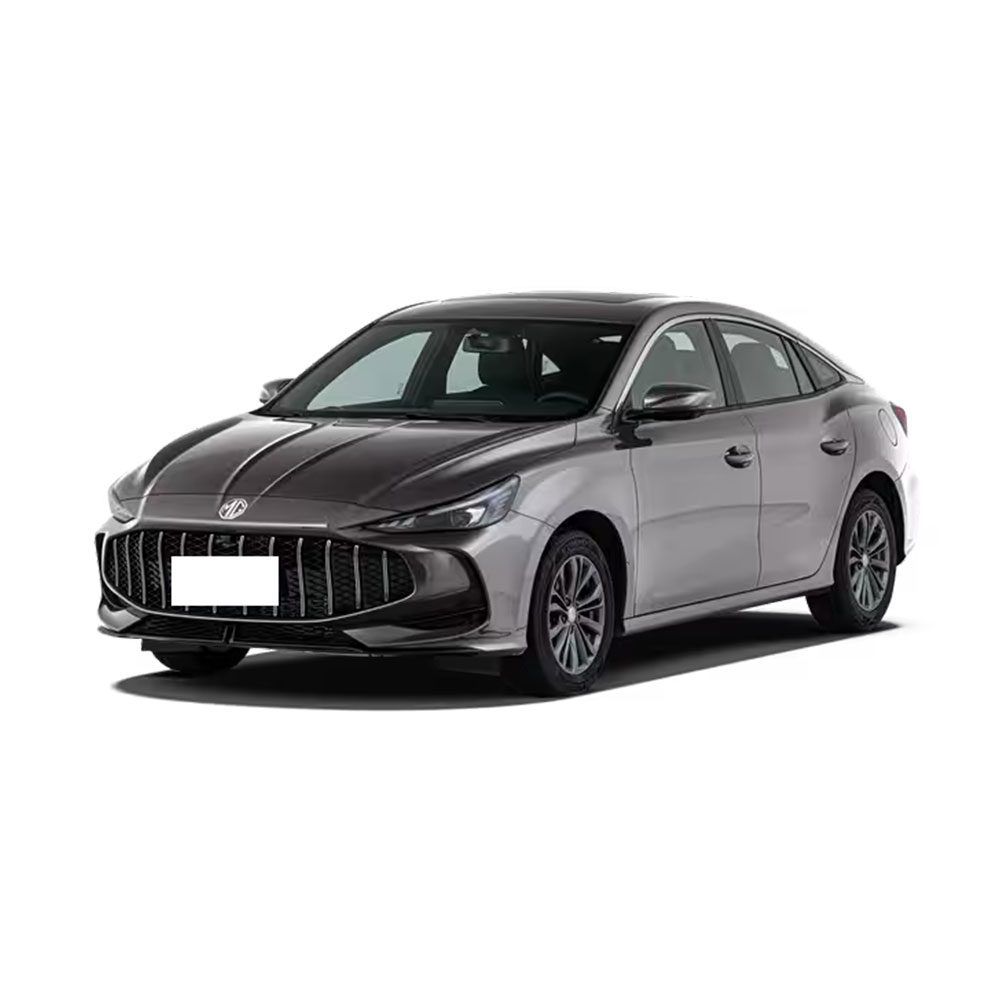
How to Import a Used Car from China in 2025: Full Guide
Can I import used cars from China? What is the process for importing used cars from China? What costs are involved, and how much tax must be paid? If you are considering importing used cars from China, you must have these questions. Only by deeply understanding these aspects can we make the most informed decisions. Here, we present a complete guide to importing used cars from China in 2025, hoping it will be helpful.
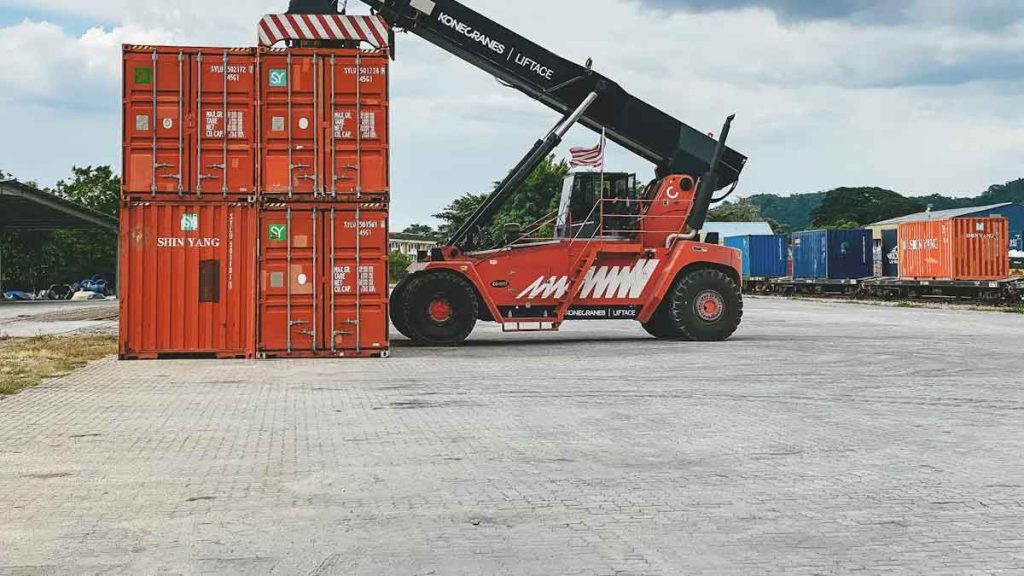
Why Choose China’s Used Cars?
- Durability and Adaptability Optimization
Deeply optimized for different market demands:
Road Adaptability: Reinforced SUV and pickup chassis, suitable for complex road conditions in Southeast Asia and Africa.
Climate Adaptation: Vehicles exported to Eastern Europe come standard with freeze-resistant battery packs and heating systems.
| Brand/Model | Core Technical Highlights | Main Target Markets | User Feedback |
| BYD Han/Tang | Blade Battery, 600+ km range | Middle East, Brazil | “Reliable range, luxurious space” |
| NIO ET5 | Battery swap, NAD autonomous driving | Europe | “Tech-sense redefines perception” |
| Geely Zeekr 001 | 800V fast charging, satellite comms | Russia, Central Asia | “Luxury specs at half BBA price” |
| Great Wall Tank 300 | Off-road hybrid system | Africa, Latin America | “King of rough roads, low maintenance” |
- Globally Leading New Energy Technology
China’s new energy vehicles hold significant advantages in battery energy density, range (typically 500+ km), and smart configurations. LFP and ternary lithium battery technologies drastically reduce costs while enhancing safety, making used new energy vehicles the preferred choice in overseas markets (especially where charging infrastructure is well-developed).
- Premium Configuration and User Experience Upgrade
At the same price point, China’s used cars often feature luxury-level functions (e.g., panoramic sunroofs, smart cabins, in-car refrigerators). Some models even rival million-yuan luxury cars. For example, a used new energy vehicle priced at ¥200,000 RMB in China may include L2+ autonomous driving or satellite communication, far exceeding overseas counterparts.
- Significant Price Competitiveness
Under similar conditions, China’s used cars cost only 50%–70% of Japanese/European/American models.
Example: A used BYD Song priced at ¥100,000 RMB in China sells for ~¥150,000 in Southeast Asia—still lower than local new cars (¥250,000).
“Zero-kilometer Used Car” Model: Unused registered “new” cars exported as used vehicles bypass high new-car tax rates. Overseas buyers acquire “quasi-new” cars at 70% of the new-car price.
- Outstanding Cost-Efficiency
Energy Costs: NEV electricity costs are 1/5–1/8 of fuel vehicles, especially advantageous in high-oil-price regions (e.g., Middle East).
Maintenance Costs: Chinese automakers accelerate overseas service center deployment (e.g., Chery in Iran, BYD in Thailand), offering localized spare parts to reduce long-term upkeep.
- End-to-End Professional Export Services
Leading exporters provide “one-stop services” covering selection, inspection, ownership transfer, customs clearance, and overseas insurance, with multilingual support.
Include 1–30,000 km/year warranties; some companies offer overseas returns.
- Financial Support Lowers Barriers
Chinese financial institutions offer specialized export credit (4%–5% interest rates), with a ¥100-billion fund pool easing cash flow pressure for overseas buyers.
- Strong Policy Support from China
Nationwide used-car export licensing liberalized since March 2024, with streamlined customs (e.g., “pre-declaration, data sharing”) cutting clearance to 1–2 days.
Export VAT exemption further reduces procurement costs.
- Transparent Vehicle Sources
Government-led platforms (e.g., “China Used Car Export Information Management System”) provide electronic repair records and accident history, eliminating problematic vehicles.
- Wide Model Coverage
From economy sedans (Wuling Hongguang) to luxury SUVs (Li Xiang L9) and commercial trucks, meeting needs from personal use to logistics.
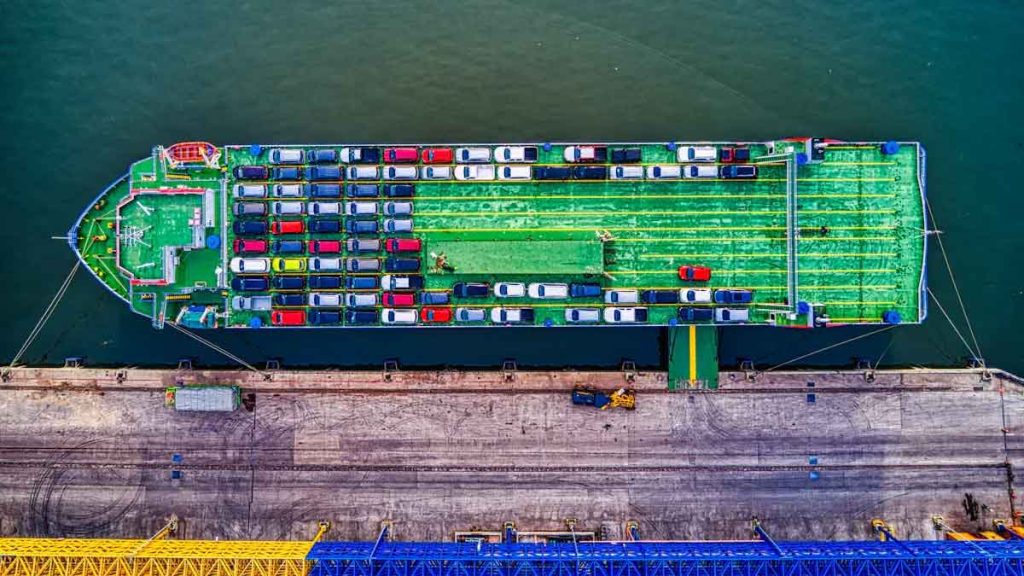
Where to Buy China’s Used Cars?
To avoid scams, use:
Official E-platforms: Government-supported auction platforms or major export e-commerce sites (e.g., “Youxin Global,” “Guazi Global”), offering inspection reports and repair histories (via “Auto Repair Electronic Health Record System”).
Offline Export Hubs: Integrated bases in Shenzhen, Tianjin, etc., provide “one-stop” services (inspection, refurbishment, warehousing).
Required Documents for Importing Used Cars from China
1. Ownership Transfer & Deregistration
Handled by exporters: Requires original owner ID, vehicle registration certificate, license, purchase invoice.
Note: Tax-exempt vehicles under customs supervision (e.g., student-purchased cars) must wait 6 years before export.
2. Export License Application
Materials: Inspection report, sales contract, vehicle conformity certificate.
China-side VAT exemption (export tax rebate) reduces costs.
3. Customs Declaration & Documentation
Export Documents: Invoice, packing list, certificate of origin, export license.
Key Documents:
Import Certificate (issued by customs)
Vehicle Inspection Report (issued by commodity inspection agency)
Vehicle Conformity Certificate.
Compliance Rules: Detailed Inspection
- China Export Requirements
Enterprise Qualification
Must purchase from MOFCOM-licensed exporters (individuals prohibited).
Trading with unlicensed dealers is banned (verify via China Used Car Export Information Management System).
Vehicle Compliance
Inspection Report: Must comply with *WM/T 8-2022* standard, issued by CNAS-accredited agencies (valid 30 days).
Prohibited Vehicles:
Stolen/smuggled vehicles
Scrapped or mandatorily scrapped vehicles
Tax-exempt vehicles under customs supervision (<6 years)
Illegally modified or non-compliant emission vehicles.
Documentation Completeness
| Required Documents | Issuing Authority | Purpose |
| Export License | Local Commerce Dept. | Core customs document |
| Vehicle Inspection Report | CNAS-accredited agency | Proof of export quality |
| Goods Import Certificate | China Customs | Destination clearance proof |
| Certificate of Origin | CCPIT/Customs | Tariff reduction basis (if applicable) |
- International Transport & Logistics Rules
Maritime Compliance
NEV Special Handling:
Battery state of charge (SOC) ≤30% (IMO rule)
UN3480 lithium battery label required.
Reinforcement: Containers must secure vehicles at four corners; tire pressure reduced to 50 kPa.
Insurance Coverage
Must include: All Risks + War Risks, coverage ≥120% of vehicle value.
- Destination Clearance Rules
General Access Conditions
Document Legalization: Registration certificates/invoices require destination embassy certification + official translation.
Mandatory Modifications (by market):
| Country/Region | Required Modifications | Certification |
| EU | Euro-spec turn signals + CE-cert lights | E-Mark |
| Southeast Asia | RHD conversion + tropical anti-rust | JIS/TISI |
| Middle East | Reinforced AC (withstands 60°C) | GCC |
Tax Calculation Basis
Duty base = FOB price + freight (some countries include insurance), e.g.:
Russia: 15% duty + 20% VAT
Thailand: 80% duty + consumption tax (by displacement)
Note: NEVs enjoy duty exemptions in most countries (e.g., Cambodia: 0%).
- 2025 New Rule Alerts
China Policy Updates
Nationwide e-export license system (QR anti-counterfeit; mandatory Jan 2025).
Used NEVs require battery health reports (SOH ≥70%).
International Rule Changes
EU: Carbon tariff (CBAM) from 2025 (€50–120/used EV by battery capacity).
US: Proposed ban on used cars with CATL/BYD batteries (draft stage).
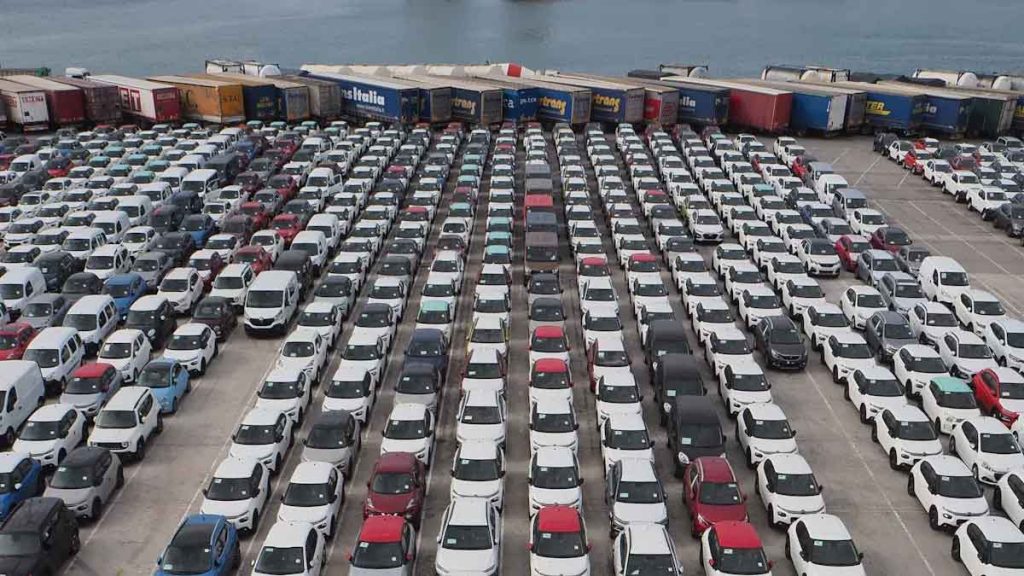
Costs of Importing Used Cars from China
- China Export Costs
Procurement & Prep:
Vehicle price: Varies by model/condition (e.g., BYD Han EV: ~¥120k; Li Xiang L9: ~¥250k).
Inspection fee: ¥2,000–3,000/unit (CNAS report).
Transfer/deregistration: ¥500–800.
Export Procedures:
Export license: Free, but agent fee ~¥1,000.
Customs agent fee: ¥800–1,500/unit.
Document notarization: ¥500/copy (e.g., COO, report translation).
- International Transport Costs
Shipping:
Base freight: ¥15k–30k/unit (China→SE Asia/Middle East, 20ft container).
NEV surcharges:
Battery reinforcement: ¥800–1,500
UN3480 label: ¥200/unit.
Insurance: 1.2% of insured value (All Risks + War Risks).
Destination Port Fees:
Terminal handling: ¥600–1,000
Container inspection: ¥300–500.
- Destination Taxes & Duties
Tax Formulas:
Duty = (FOB price + freight) × duty rate
Consumption Tax = (FOB price + duty + freight) × tax rate / (1 − tax rate)
VAT = (FOB price + duty + consumption tax + freight) × VAT rate.
Country Examples (for ¥200k CIF vehicle):
| Country | Duty Rate | Consumption Tax (2.0L) | VAT Rate | Total Tax |
| Russia | 15% | 5% | 20% | ¥98k |
| Thailand | 80% | By displacement | 7% | ¥240k↑ |
| UAE | 5% | 0% | 5% | ¥21k |
| EU | 10% | 5% | 19% | ¥85k |
| US | 125% | 9% (fuel vehicles) | 7% | ¥410k↑ |
*Note:
US duty rises to 125% from April 2025 (for US-origin vehicles only).
NEVs exempt from consumption tax in SE Asia/Middle East.*
Consumption Tax by Displacement:
| Displacement (L) | Tax Rate |
| ≤1.0 | 1% |
| 1.0–1.5 | 3% |
| 1.5–2.0 | 5% |
| 2.0–2.5 | 9% |
| 2.5–3.0 | 12% |
| 3.0–4.0 | 25% |
| >4.0 | 40% |
Destination Registration & Misc. Fees
Modifications:
RHD conversion (SE Asia): ¥5,000–8,000
EU light certification: ¥3,000.
Registration:
Evaluation fee: ¥500–1,000
License plate: ¥300–800
Inspection: ¥200–500.
Agent Fees:
Customs clearance: 1%–2% of value
Document legalization: ¥800/copy (embassy certification).
- Total Cost Example & Optimization
Case: Exporting ¥150k BYD Han EV to Thailand
| Cost Type | Amount |
| Vehicle + inspection | ¥152,000 |
| Export procedures + shipping | ¥23,000 |
| Thailand duty (80%) | ¥120,000 |
| Registration + mods | ¥11,000 |
| TOTAL | ¥306,000 |
Optimization Strategies:
Tax Reduction:
Choose NEVs (0% duty in SE Asia).
Leverage Belt & Road agreements (e.g., 5% duty for Central Asian commercial vehicles).
Logistics Savings:
Bulk shipping shares container costs (↓30%/unit).
Use overseas warehouses to reduce port delays.
Policy Benefits:
China’s export tax rebates (VAT exemption).
Transit via free trade zones (e.g., Dubai’s Jebel Ali).
- Risk Alerts
Hidden Costs:
Port demurrage: $100–200/day if clearance delayed.
Battery disposal: Recycling ≥¥3,000 if SOH <70% triggers rejection.
Policy Volatility:
EU carbon tariffs (€50–120/used EV) from 2025.
US potential ban on CATL/BYD battery vehicles (draft).
Feel Free To Contact Ahcarsale Anytime
More Article
More Cars
Latest Articles

